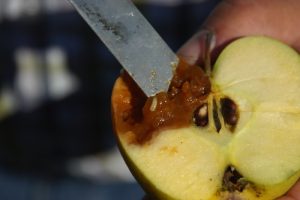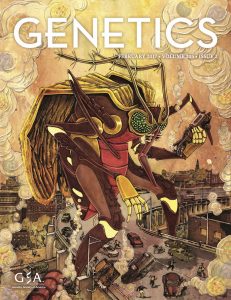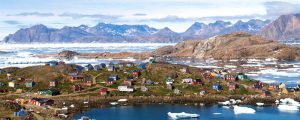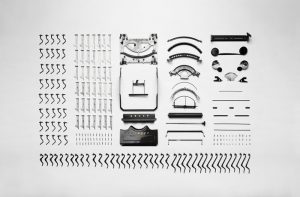Enter your address to receive notifications about new posts to your email.
Science & Publishing
-
Science & Publishing
New in G3: unstable inheritance, chromosomal translocation, and meiotic silencing
Check out the April issue of G3! Table of Contents Mutant Screen Report Identification of Genes in Saccharomyces cerevisiae that Are Haploinsufficient for Overcoming Amino Acid Starvation Nancy S. Bae, Andrew P. Seberg, Leslie P. Carroll, Mark J. Swanson G3: Genes, Genomes, Genetics April 2017 7: 1061-1084; https://doi.org/10.1534/g3.116.037416 Investigations A Whole-Transcriptome Approach to Evaluating Reference…
-
Science & Publishing
Incompatibility between mitochondrial and nuclear genomes isolates many nematode populations
Constant mutation and shaping by natural selection can make the once-identical genomes of isolated populations of organisms very different from one another. This genetic divergence can lead to two such populations no longer being able to interbreed successfully—speciation. In their paper in the March issue of G3, Lamelza and Ailion show that harmful interactions between…
-
Science & Publishing
April GENETICS Highlights
Check out the April issue of GENETICS by looking at the highlights or the full table of contents! ISSUE HIGHLIGHTS Mismatch repair incompatibilities in diverse yeast populations, pp. 1459-1471 Duyen T. Bui, Anne Friedrich, Najla Al-Sweel, Gianni Liti, Joseph Schacherer, Charles F Aquadro, and Eric Alani Microbial populations with elevated mutation rates can adapt more rapidly to new…
-
Science & Publishing
50 years of molecular evolution in Drosophila
In the genomic era, population geneticists are flooded with molecular data on the evolution of natural populations. This deluge started in 1966 as a trickle of data from protein electrophoresis studies, including the landmark GENETICS papers published by Richard Lewontin and John Hubby. As Lewontin is honored this week at the Annual Drosophila Research Conference…
-
Science & Publishing
Snorkeling out of the membrane
One of the last places you’d expect to find a charged amino acid residue is buried within the hydrophobic interior of a lipid bilayer. And for the most part, this expectation holds true: portions of proteins that span membranes are typically composed of hydrophobic residues. But in some cases, the positively charged residues lysine and…
-
Science & Publishing
New in G3: bone geometry, lysosome function, and single-molecule sequencing
Check out the March issue of G3! Table of Contents Investigations Genomic Regions Associated with Tolerance to Freezing Stress and Snow Mold in Winter Wheat Erika B. Kruse, Scott W. Carle, Nuan Wen, Daniel Z. Skinner, Timothy D. Murray, Kimberly A. Garland-Campbell, Arron H. Carter G3: Genes, Genomes, Genetics March 2017, 7: 775-780; DOI: https://doi.org/10.1534/g3.116.037622…
-
Science & Publishing
March GENETICS Highlights
Check out the March issue of GENETICS by looking at the highlights or the full table of contents! ISSUE HIGHLIGHTS Simultaneous modeling of disease status and clinical phenotypes to increase power in genome-wide association studies, pp. 1041-1047 Michael Bilow, Fernando Crespo, Zhicheng Pan, Eleazar Eskin, and Susana Eyheramendy Jointly modeling clinical phenotype and disease status is a promising…
-
Science & Publishing
A single gene controls multiple feeding-related traits in fruit fly larvae
Fruit fly larvae have one goal: eat as much as possible. After the tiny worm-like larvae hatch from eggs embedded into the flesh of rotting fruit, they eat their way out. After days of gorging, they find a good spot to pupate and then emerge as adults. Fruit flies cannot grow after this transformation, however,…
-
Science & Publishing
Behind the Cover: Attack of the 50 Foot Mosquito
When geneticist Rob Unckless took his son to Lego Club at the local library, he was not expecting to start a new collaboration. The result is the striking piece of science-inspired art that graces the cover of the February issue of GENETICS. Created by artist Kent Smith, “Attack of the 50 Foot Mosquito” was inspired…
-
Science & Publishing
The unique genetic variation of the Greenlandic Inuit population could help find novel disease associations
Despite being covered by a massive, permanent ice sheet, Greenland has been continuously inhabited by humans for over a thousand years. Most modern Greenlanders are Inuit whose ancestors migrated eastward from Canada around 1000 AD, bringing technology like kayaks and dogsleds. They eventually settled on the coasts of the world’s largest island, hunting whales and…
-
Science & Publishing
Start with the parts list: Introducing standardized reagent tables
Transparent research starts with an unambiguous parts list. To help promote the wider use of identifiers and recognized symbols in biological research, FlyBase (with input from other model organism databases) is developing a resource for tracking and reporting reagents in a more standardized way, aiding curation into research databases. The GSA journals are now encouraging…

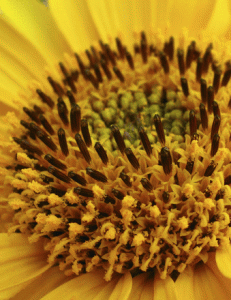
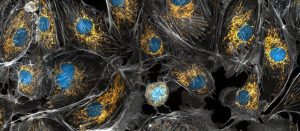
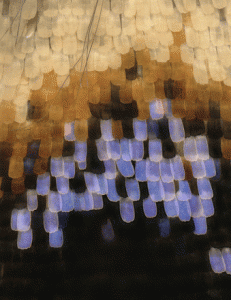
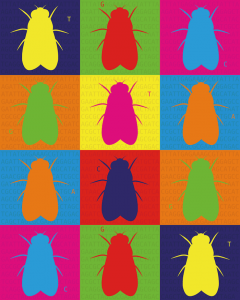
![By National Park Service [Public domain], via Wikimedia Commons.](https://s36063.pcdn.co/wp-content/uploads/2017/03/biscayne_np_snorkeling-1-300x214.jpg)


